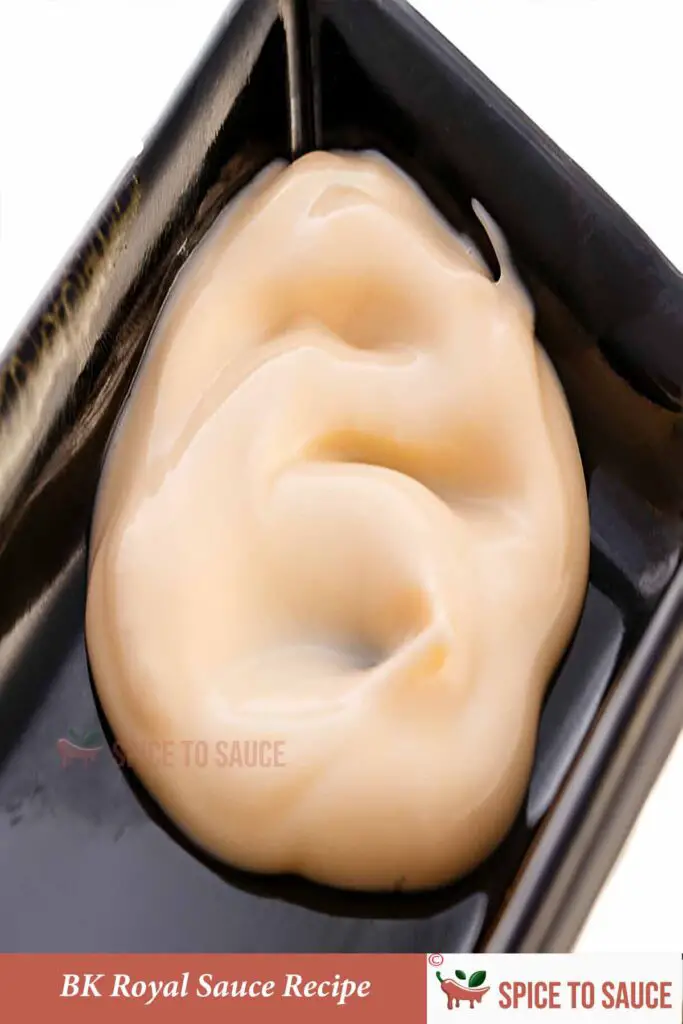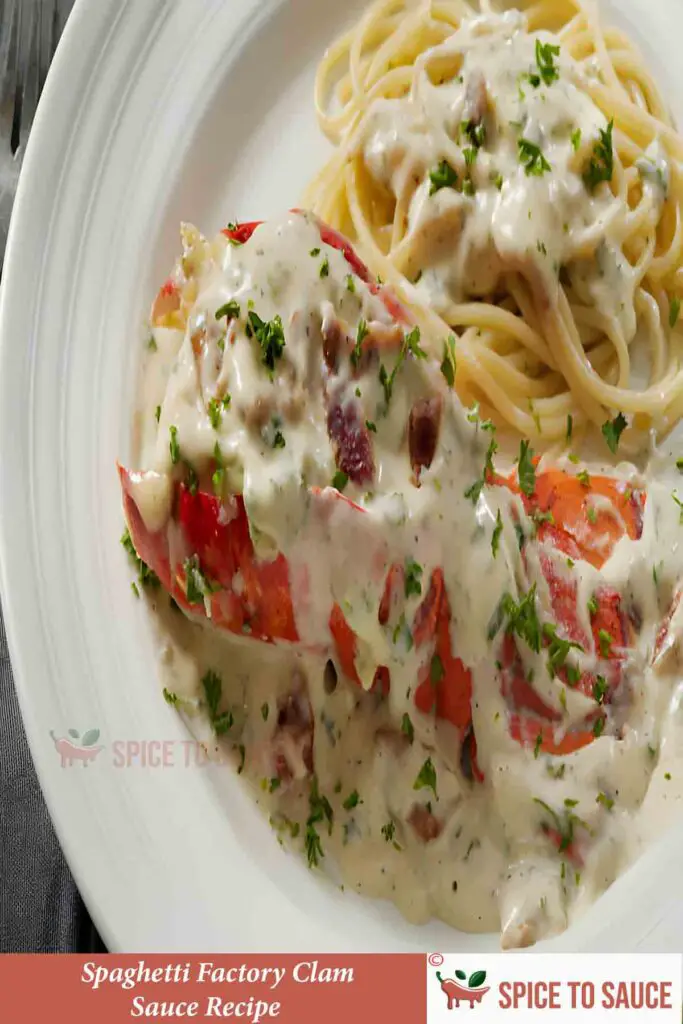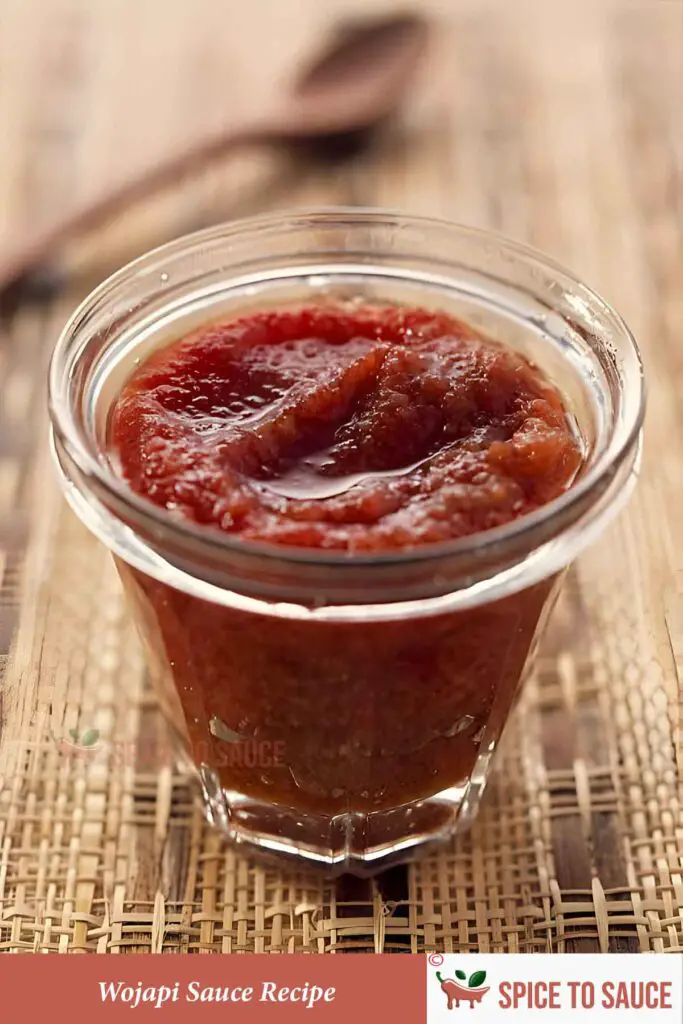When it comes to improving your seafood meals, a rich lobster sauce can make all the difference. Whether you’re a seafood lover or simply want to dazzle your dinner guests, learning the secrets of homemade lobster sauce is a game changer in the kitchen. From boosting the tastes of your favorite seafood pasta to making a delectable lobster cream sauce. Here, I will walk you through the process step by step. Prepare to take your cooking abilities to the next level with these delicious lobster sauce recipes that will excite your taste buds and leave you wanting more.

Best Ingredients for Lobster Sauce
When it comes to making the best lobster sauce, there are several key ingredients that can take your dish to the next level.
Unsalted Butter 4 Tablespoons
it adds a creamy texture and enhances the overall taste of the sauce. The butter also helps to balance out the natural sweetness of the lobster meat, creating a delicious harmony of flavors.
Garlic 1 Large Clove
Its pungent flavor adds depth to the sauce, complementing the sweet and delicate taste of the lobster meat.
Sage Leaves 4
The aromatic qualities of sage add a depth of flavor to the sauce, enhancing the overall taste profile.
White Wine 1 Tablespoon
Its acidity helps balance the richness of the sauce, while its fruity notes complement the sweet flavor of lobster.
Lemon Juice 1 Tablespoon
The tangy acidity of the lemon juice helps to balance the richness of the other ingredients, enhancing the overall taste profile of the sauce.
Pasta Water ¼ Cup
The starchy water used to cook pasta contains salt and residual starch, which can help thicken and enhance the flavor of the sauce.
Kosher Salt to Taste
Its coarse texture helps to season the sauce evenly and brings out the natural sweetness of the lobster. By using kosher salt, you can ensure that your lobster sauce is perfectly seasoned without being overly salty.
How to Make Lobster Ravioli Sauce?
Step -1
Melt the butter to make the sauce. Low to medium heat should be used to cook.
Step -2
Put in the sage and the chopped garlic.
Step – 3
Incorporate the lemon juice along with the wine. Simmer for several minutes over medium-low to low heat, allowing some of the alcohol flavor to evaporate from the sauce.
Step – 4
Add salt to taste. While waiting, prepare the lobster pasta according to the instructions on the package. Set aside a portion of the pasta and carefully extract the ravioli using a slotted spoon.
Step -5
Gradually incorporate a small amount of the pasta water, adding it incrementally. This will enhance the sauce’s thickness.
Step -6
Continue to stir until the sauce reaches a slightly thicker consistency.
Step – 7
When the sauce gently adheres to the back of a spoon, it has achieved the appropriate texture. Assess the seasoning, incorporating additional salt as necessary.
Step -8
Put the lobster pasta that has been cooked in the pan with the brown butter sauce. Cover well, and if you want, add a little more lemon juice. Serve right away.
Pairing Sauces With Lobster Ravioli
Rich lobster sauce is most suitable when paired with lobster ravioli itself. Here are additional recommendations for incorporating this sauce and complementary sides to enhance your dinner table:
Pasta
Consider exploring alternative seafood pasta options, such as crab or scallops. It is also quite enjoyable as a sauce for plain pasta, such as spaghetti or angel hair, even without the lobster.
Chicken
This sauce pairs wonderfully with chicken paillard or thinly pounded chicken breast, enhancing the dish beautifully.
Salad
A delicate, uncomplicated side salad complements lobster ravioli beautifully.
Oven-Roasted Vegetables
Seeking a comforting vegetable accompaniment? Consider this Roasted Tenderstem Broccoli or these Roasted Cherry Tomatoes on the Vine.
Sautéed Greens
This Garlicky Sautéed Cruciferous Crunch is an exceptionally versatile side that pairs beautifully with lobster ravioli.
Variations Of Lobster Sauce

This sauce serves as an excellent foundation for incorporating your preferred ingredients. Here are several suggestions.
Mushrooms:
Brown a pint of mushrooms and set them away. After you’re done making the sauce, add the cooked mushrooms again at the end.
Capers:
While the sauce is cooking down, add 1 tablespoon of capers.
Peas:
Cream sauce is great for peas! While the sauce lows down, add ½ cup of frozen or fresh peas.
Corn:
Corn tastes great with lobster and rich sauces as well. As the sauce warms up, add ½ cup of frozen or fresh corn.
Spinach:
After you sauté the shallots and garlic, wilt 2 cups of fresh spinach and then follow the rest of the directions as written.
Asparagus:
Cut a bunch of asparagus into 1-inch pieces and add them to the sauce when the heavy cream is added. Let the sauce cook slowly until the asparagus are soft but still hard.
Bacon or Pancetta:
This is proof that crispy pancetta was made for a smooth sauce. Cut up a half-pound of pancetta or bacon and cook it until it’s really crispy. Put it on paper towels to drain, and then make the sauce as suggested in the pan, but save a tablespoon of fat to use instead of butter. While the sauce is cooking, add the crispy bacon or pancetta back in.
Tomatoes:
To make this a tomato cream sauce, add ½ pound of diced Roma tomatoes when you add the cream.
Add Some Herbs:
Chopped fresh thyme, rosemary, or chives would all taste great with lobster.
More Lobster.
Adding chunks of lobster meat to the sauce with the ravioli would really make this pasta dish great. It goes well with crab tails too!
Tips For Cooking Lobster
- Utilize a large pot of water. To get the greatest results, make sure the ravioli isn’t overcrowded.
- A good rule of thumb is to use about 4-6 quarts (16-24 cups) of water per pound of ravioli.
- Cook the ravioli in boiling water for around 4 minutes. Evaluate a ravioli to ensure it reaches the correct level of doneness.
- The texture of skillfully cooked ravioli can range from mildly al dente to delightfully tender, depending on personal preference.
- Fresh ravioli usually cooks fast, becoming ready as soon as it floats to the surface of the water;
- However, some varieties may need an extra minute or two for optimal doneness.
- Overcooked ravioli may dissolve, with some pieces perhaps dissolving into the sauce.
- Mix salt into the water. Adding salt to the boiling water improves the flavor profile of the ravioli.
- The cooking time may vary by several minutes, depending on the type of ravioli being produced. Ravioli has a quick cooking time.
- Frozen ravioli takes about 1-2 minutes longer to cook than fresh ravioli. Smaller ravioli will cook quicker than larger ravioli.
- Save some pasta water. If a thinner consistency is desired, set aside about one cup of pasta water to incorporate into the ravioli sauce.
- The addition of pasta water improves the taste profile, while the starch adds to the sauce’s thickness.
FAQ:
What is the Best Way to Cook Lobster for Ravioli Sauce?
The best way to cook lobster for ravioli sauce is to start by boiling or steaming the lobster until it is fully cooked. Once the lobster meat is cooked, remove it from the shell and chop it into small pieces. In a separate pan, sauté some garlic and shallots in olive oil until fragrant, then add the chopped lobster meat and cook for a few minutes to infuse the flavors.
To make a rich and flavorful ravioli sauce, you can also add some white wine, tomato paste, cream, and fresh herbs like parsley or tarragon. Let the sauce simmer and thicken before tossing in your freshly cooked ravioli. The tender lobster meat combined with the creamy sauce will create a decadent and delicious dish that is sure to impress your guests.
Can I Use Frozen Lobster for This Sauce?
Yes you can use lobster for this sauce . But I recommend trying to use fresh lobster.
How Do I Thicken Lobster Sauce?
To thicken lobster sauce, you can use a variety of methods depending on your preference and dietary restrictions.
One common way is to make a roux by melting butter in a saucepan, adding flour, and cooking until it forms a paste.
Then gradually whisk in the lobster sauce until it thickens to your desired consistency.
Another option is to mix cornstarch with water to create a slurry, then stir it into the simmering lobster sauce until it thickens. For a gluten-free alternative, you can use arrowroot powder or potato starch in place of flour. Experiment with these methods to find the perfect thickness for your lobster sauce that complements the dish you are preparing.
What Other Pasta Can I Use With Lobster Sauce?
The recipe works particularly well with wide, long pasta like pappardelle, fettuccine, or linguine.
How Long Does Lobster Sauce Last in the Fridge?
The creamy lobster sauce lasts in the fridge for only 2 days . You can store this sauce in an airtight container for only 2 days . But I recommend for better taste use fresh homemade lobster sauce.

Lobster Ravioli Sauce
Ingredients
- 4 Tablespoons Unsalted Butter
- 1 Large Clove Garlic
- 4 Sage Leaves
- 1 Tablespoon White Wine
- 1 Tablespoon Lemon Juice
- ½ Cup Pasta Water
- Kosher Salt To Taste
Instructions
- Melt the butter to make the sauce. Low to medium heat should be used to cook
- Put in the sage and the chopped garlic
- Incorporate the lemon juice along with the wine
- Simmer for several minutes over medium-low to low heat, allowing some of the alcohol flavor to evaporate from the sauce
- Add salt to taste
- While waiting, prepare the lobster pasta according to the instructions on the package
- Set aside a portion of the pasta and carefully extract the ravioli using a slotted spoon
- Gradually incorporate a small amount of the pasta water, adding it incrementally. This will enhance the sauce's thickness
- Continue to stir until the sauce reaches a slightly thicker consistency
- When the sauce gently adheres to the back of a spoon, it has achieved the appropriate texture
- Assess the seasoning, incorporating additional salt as necessary
- Put the lobster pasta that has been cooked in the pan with the brown butter sauce
- Cover well, and if you want, add a little more lemon juice. Serve right away
Nutrition
Final Words
Enjoy the rich tastes of lobster ravioli with this excellent sauce recipe. The rich and savory essence goes well with the delicate taste of lobster-filled ravioli and will take your eating experience to the next level. This sauce is sure to impress your taste buds and make you want more, whether you’re having a fancy meal for a special occasion or just treating yourself. Use this delicious lobster pasta sauce recipe to add a touch of class to your meal.




